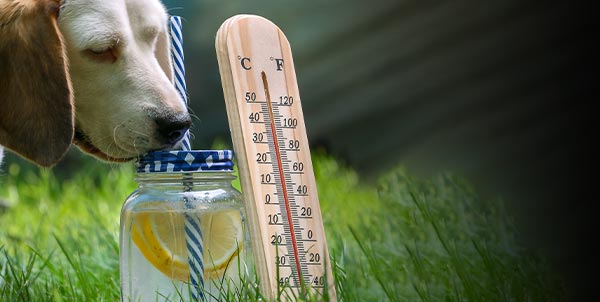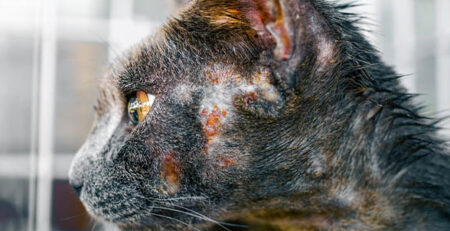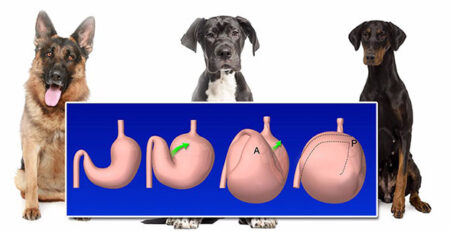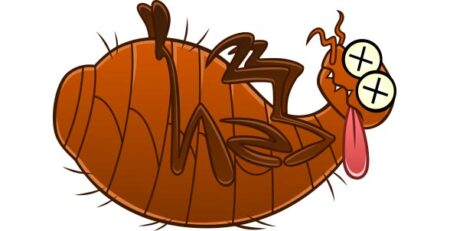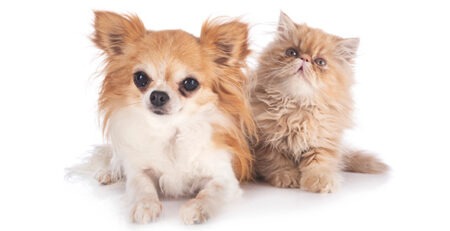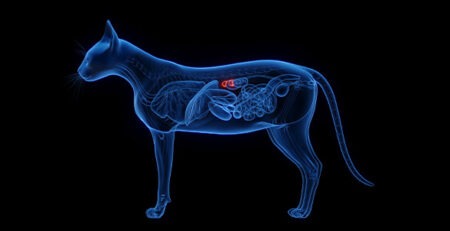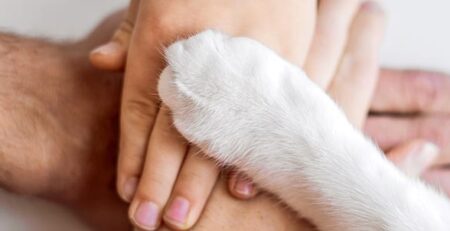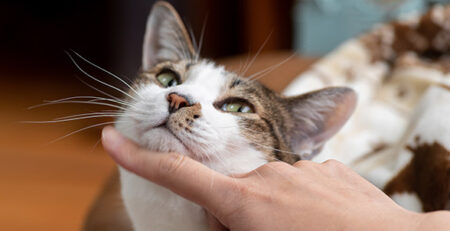Table of Contents
Compounded by the neglect and total lack of precautions by their humans, dogs and cats are still too often victims of heat stroke.
Heat stroke is an extremely dangerous rise in body temperature for dogs and cats, and the ferocious heat wave that has been plaguing us for the past few years is a risk factor that should NEVER be underestimated.
Fierce heat, peaks well over 40°, neglect and superficiality: heatstroke that kills dogs and cats always claims too many victims.
Dogs and cats have body temperatures ranging from 38° to 39°.
If their temperature exceeds 40°, heat stroke could be fatal because, unlike humans, they do not sweat and dissipate heat.
If dogs and cats don’t sweat, how do they dissipate heat?
Dogs and cats dissipate heat by panting, that is, by increasing their breathing rate with their mouths open.
The introduction of air from outside promotes heat evaporation in the upper respiratory tract.
When the outside temperature is higher than the body temperature, this mechanism may be insufficient and the animal is in danger of failing to thermoregulate itself.
Are there breeds more prone to heat stroke?
Overweight dogs and cats and elderly individuals are the ones who suffer the most from heat.
By their nature and conformation, specimens with short heads and flattened snouts, the so-called brachycephalians, are prone to airway obstruction.
Among the dogs:
-
- Pug
- English Bulldog
- French Bouledogue
- Boxer
- Shih Tzu
- Pekingese
- Boston terrier
- Course
Among cats, however:
-
-
- Persian
- Exotic
- Himalayan
-
What risks do dogs and cats face when they do not expel excess heat?
If the animal’s body temperature begins to rise, the greatest often irreversible damage is to internal organs.
The risk is that the animal will go into a coma and, unless it receives immediate medical care, even die.
It is vital to monitor their condition to prevent them from falling victim to heat stroke.
And it is equally important to recognize the symptoms.
What are the symptoms of heat stroke?
Restlessness, yelping, barking for no apparent reason, excessive salivation and difficulty breathing are already alarm bells.
Progressively, the animal accelerates its respiratory rate (polypnea) and hypersalivation causes foamy drool to be emitted from the mouth.
What if the situation deteriorates further?
Breathing becomes increasingly labored and heart rate also increases.
Vomiting, diarrhea, seizures, tremors, lack of coordination may also occur.
When the initial state of agitation ceases, the animal becomes lethargic and apathetic: at this point it is at risk of cardiovascular collapse.
Do you know how to take immediate action?
If your dog or cat exhibits heatstroke symptoms, cool it immediately by rubbing its neck, head, armpits and groin region with a damp cloth.
Things not to do at all in case of heat stroke
Never use ice, it is a vasoconstrictor: constriction of blood vessels slows heat dissipation.
Frozen water should also be ruled out: it would cause a
thermal shock
.
In these cases, it is vital not to waste time and to call your trusted veterinarian immediately.
Here are the basic rules to protect dogs and cats from heat and heat stroke
To prevent heat and mugginess from being a lethal mix for your pet, it is important that you follow a few precautions.
-
-
-
-
- If you have a dog, do not take it out for a walk during the hottest hours: in addition to heat stroke, it may scald its paws on the hot asphalt.
- In the event that during the walk the dog begins to breathe laboredly, pant and walk with difficulty, stop and let him rest in a shady place.
- Promptly administer fresh but not ice-cold water.
- Dogs and cats should never be left locked in the car, even for a few minutes.
-
-
-
What precautions should be taken at home against the heat?
It ensures a constant and pleasant temperature, usually set between 22 and 24 degrees.
It is enough to ensure a comfortable and relaxed condition.
Always leave water available and keep it cool by dipping a few ice cubes in it.
There are pet-specific cooling mats on the market that are puncture-resistant and filled with nontoxic gels.
Placed under the pillow where the dog or cat sleeps, they keep its body temperature below the critical level.
Place the kennel in the coolest, ventilated and shaded area of the house.
Keep the blinds down and close the curtains during the hottest hours of the day.
Dogs and cats should not be sheared at all
The coat serves a thermal function: it maintains a constant body temperature and for this very reason should never be sheared.
The fur, contrary to popular belief, filters out the sun’s rays and insulates the dog’s and cat’s skin from overheating outside.
The coat is critical for thermoregulation of animals.
If you have any doubts about this, contact the veterinary doctors on our staff.
If you would like a consultation, our Staff Physicians are always happy to provide you with any information you would like.
We also remind you that in case of need and urgency Clinica La Veterinaria is always open h24 every day including holidays and with First Aid service from 8 pm to 8 am.
For the joy of seeing them HAPPY

